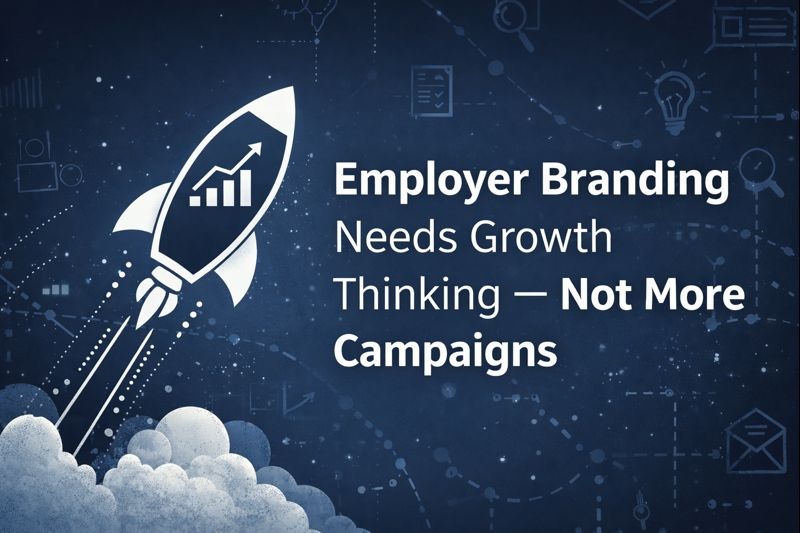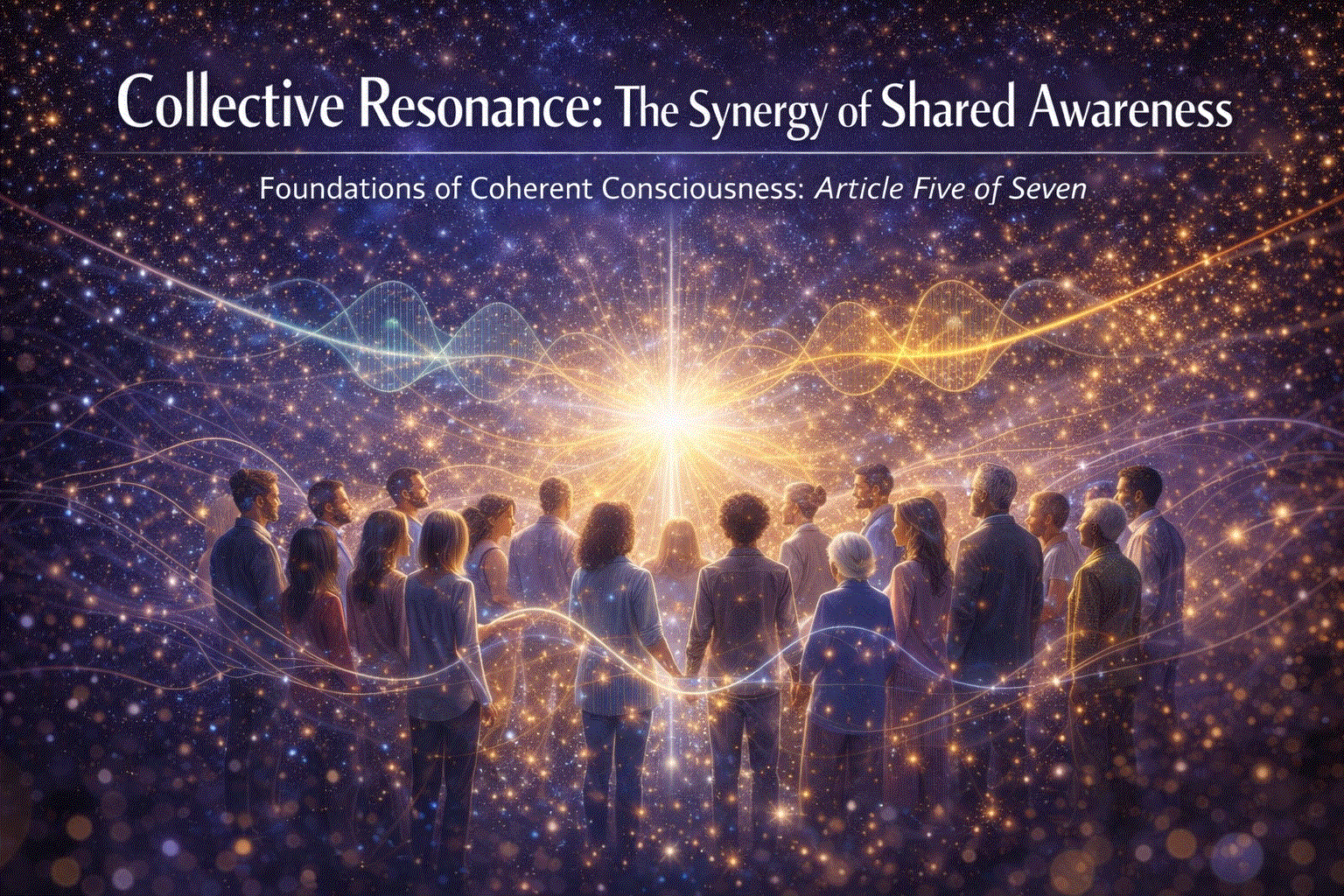Apr27

Trust, as everyone knows, is fundamental. Without trust, employees experience more stress, higher burnout, and less energy at work. A study in Harvard Business Review compared people at low-trust companies with people at high-trust companies. Not surprisingly, at high-trust companies there is 74 percent less stress, 106 percent more energy at work, 50 percent higher productivity, 13 percent fewer sick days, 76 percent more engagement, 29 percent more satisfaction with their lives, and 40 percent less burnout.
Trust is invisible; there is no line item for it on a balance sheet. But its presence, or absence, is felt. Trust is like the wind, casting invisible seeds into every field of an organization. How organizations observe, accept, and act on threats and opportunities is essentially a function of trust, manifesting in both high and low-profile situations.
Let’s take, for example, the situation of an executive who is in a staff meeting and faced with an operations issue that could be detrimental to the company. He or she thinks, I don’t want to raise a red flag. What will my boss and colleagues think of me? If I’m right, then I’m Gold, but if I’m not … This scenario plays out every day in corporate meetings across the world. The first idea is usually not the best one. A problem revealed invites solutions, and people are eager to come up with ideas to fix it. In addition, as ideas are surfaced, everyone present may gain a different perspective that enables a better outcome. But if there’s no trust among the team, the winnowed idea is never given a chance for a better result.
Let’s say the executive is in another team meeting. He has an idea for his division that is a bit off the grid. It’s based on current business trends and a view of the future that cannot be supported with facts (because it hasn’t happened yet, the supporting data doesn’t exist). Does the executive open his mouth and risk ridicule to put the idea on the table? He won’t if there’s no trust in the room. Ideas unexpressed become corporate cancer, eating away at the individual and depriving the firm of the very thing that can allow it to thrive in disruption.
It’s up to the CEO to set the tone for the transparent discussions that fuel an OV organization and lay the groundwork of trust that encourages transparency. These discussions can then lead to actions that cascade through the organization.
While trust is given, it is never taken for granted. Honesty, integrity, following through, being at your best when your best is needed; all these characteristics remain cornerstones of any organization. Shopify CEO Tobi Lutke calls it charging the trust battery. He uses the analogy of a cell phone battery. If your phone is 80 percent charged, you’re not thinking about your phone a lot. However, if you’re on low battery mode, that’s all you can think about.2 Charging your trust battery through your everyday actions is critical to OV, allowing the autonomy to focus on what’s essential and not what should be table stakes. If anyone on your team runs their trust battery dry, fire them immediately, they’re cancer.
By Alan Amling
Keywords: Digital Disruption, Management, Leadership
 Concrete’s Carbon Problem and the Race to Fix It
Concrete’s Carbon Problem and the Race to Fix It Employer Branding Needs Growth Hacking — Not More Campaigns
Employer Branding Needs Growth Hacking — Not More Campaigns The Wireless Renaissance: From Tesla’s Dream to Agentic Autonomy
The Wireless Renaissance: From Tesla’s Dream to Agentic Autonomy Collective Resonance: How Consciousness Scales Beyond the Individual
Collective Resonance: How Consciousness Scales Beyond the Individual Autonomous Wingmen: Scaling Sustainable Aviation via NVIDIA NAT and Formation Flight
Autonomous Wingmen: Scaling Sustainable Aviation via NVIDIA NAT and Formation Flight